Partnered with #1 ADU Builders
Contact Golden State
Drop us a line! We look forward to discussing your next project with you!
Cut the chase! Schedule a face-to-face virtual meeting with us today to dive into your project's next steps.
For our returning clients, experience our streamlined, contact-free project proposal process. Simply fill out our short project questionnaire, and we'll deliver your project proposal within 72 hours.
Contact Us:
Follow Us:
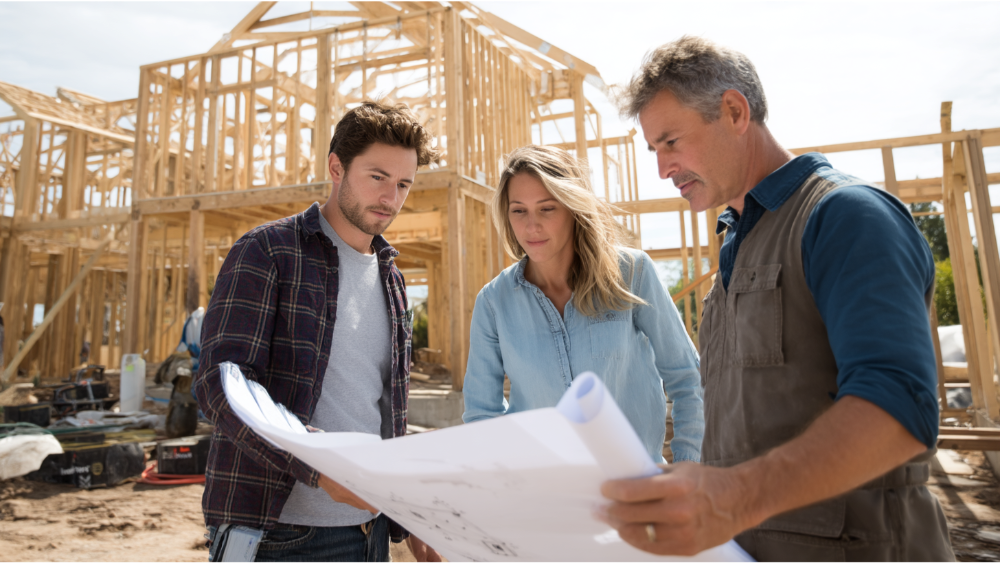
- Golden State Design & Engineering
- Comment 0
How to Estimate New Home Construction Costs in 2025 (Complete Guide)
Why Accurate Cost Estimation Matters More Than Ever
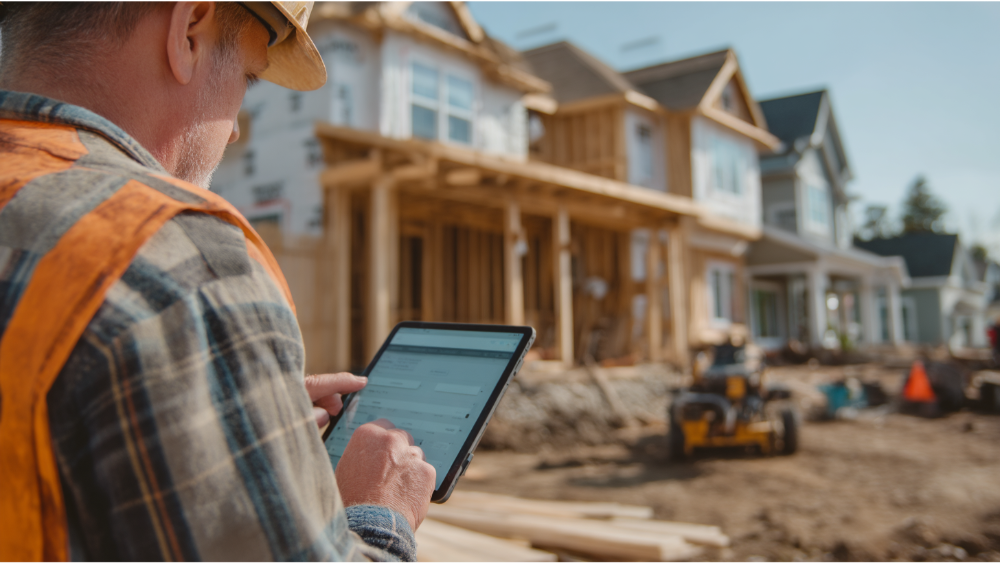
Building your dream home in 2025 means navigating a residential construction market defined by rising material costs, labor costs, and shifting location-based pricing, perfect storm conditions for unexpected costs and cost overruns. Understanding how to estimate new home construction costs correctly helps you avoid budget pitfalls, cost overruns, permit fees surprises, and unexpected costs that significantly impact your overall budget.
At Golden State Design & Engineering, we help clients create a comprehensive house plan, estimate construction cost per square foot, and craft a total construction cost projection for custom homes. Whether you’re planning a detached ADU or a custom home with vaulted ceilings, you need to figure out material costs, labor, major systems, permit fees, exterior finishes, overhead expenses, and other costs early on so you can afford your new home without surprises.
Here, we’ll guide you step by step so you can estimate your new home construction costs, how much to expect to pay, and how to avoid cost overruns, saving money and confidence as you build.
7 Key Factors That Influence Home Construction Cost
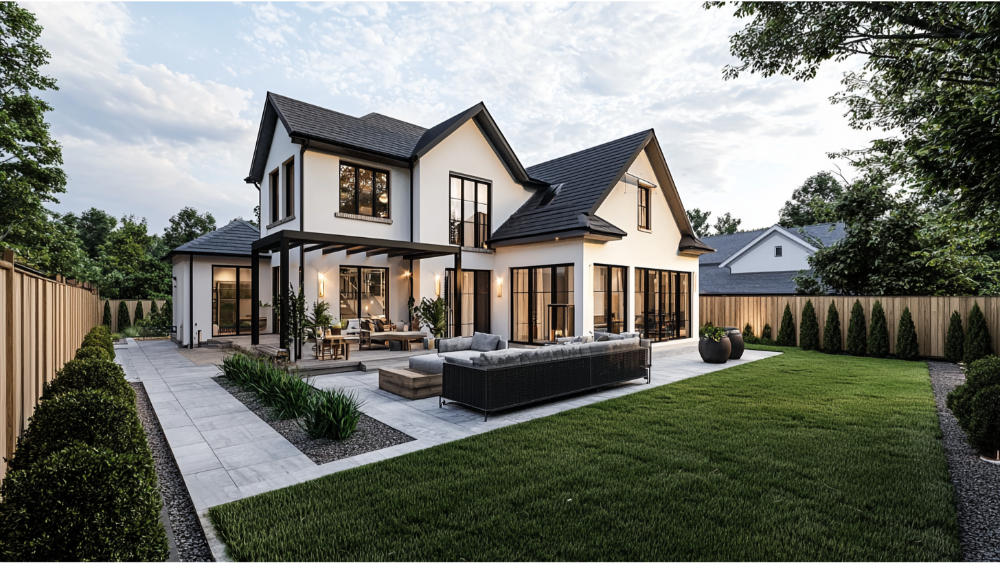
1 | Size, Scope, and Square Foot of Your Project
Your square foot and overall build size have the greatest influence on new home construction cost. The cost per square foot metric makes it easy to compare cost, but you need an overall budget based on actual square footage. For example, a 2,500 square foot custom home will cost more than $200 or $300 per square foot depending on materials, vaulting, and finishes. Small projects like ADUs can cost more per square foot because fixed overhead and construction costs spread over fewer square feet.
2 | Location, Land, and Site Conditions
Location significantly impacts your total construction cost. Urban or coastal markets typically see higher price for labor, materials, and land. Slope or access issues add site development and excavation costs that affect labor and material costs. Whether your land needs grading, new sewer, water, or electrical lines can dramatically shift the expected costs. Every factor needs to be accounted for when you estimate.
3 | Design Complexity, Floor Plan, and House Plans
A complex floor plan with vaulted ceilings, custom niches, open layouts, and high-end millwork drives up both labor and material costs. Standard plans cost less in engineering and overhead. A Mediterranean-style home with custom arches is more expensive than a simple floor plan. When you design your dream home, the house plans themselves can significantly affect labor costs and material costs.
4 | Major Systems: Structure, Plumbing, Electrical, HVAC
Major systems like plumbing and electrical installation, HVAC, and structural elements (load-bearing walls, beams, trusses) drive construction cost. Higher-end systems, like radiant flooring, smart home wiring, solar-ready setups, or green HVAC, add to cost but improve value. Accurately estimating new home construction costs means itemizing these systems.
5 | Exterior Finishes, Landscaping, Garage, Siding
Exterior finishes like siding, roofing, garage doors, landscaping, and driveway design create curb appeal, but they also add to total construction cost. Premium siding materials like fiber cement or stone veneer cost more than vinyl. Even garage finishes and landscaping can move you from budget to mid-range or luxury in thousand dollars.
6 | Permits, Permit Fees, Overhead Expenses, and Soft Costs
Permit fees, inspection charges, plan check fees, and impact fees often amount to cost in the low 10 percent range of project budget, but they can significantly impact the estimate. Soft costs also include architectural design, engineering, land surveying, legal fees, financing fees, and overhead expenses charged by your design or contractor. These expenses may not be obvious when you start, but they figure into total.
7 | Unexpected Costs, Cost Overruns, and Contingency Planning
Unexpected costs arise with soil issues, material shortages, permit delays, hidden repairs, or weather. To avoid cost overruns, calculate a contingency line: either 10% or more of your total construction cost. With proper budgeting and real-time cost tracking, you can contain unexpected costs before they derail your budget.
Step-by-Step Guide: How to Estimate New Home Construction Costs
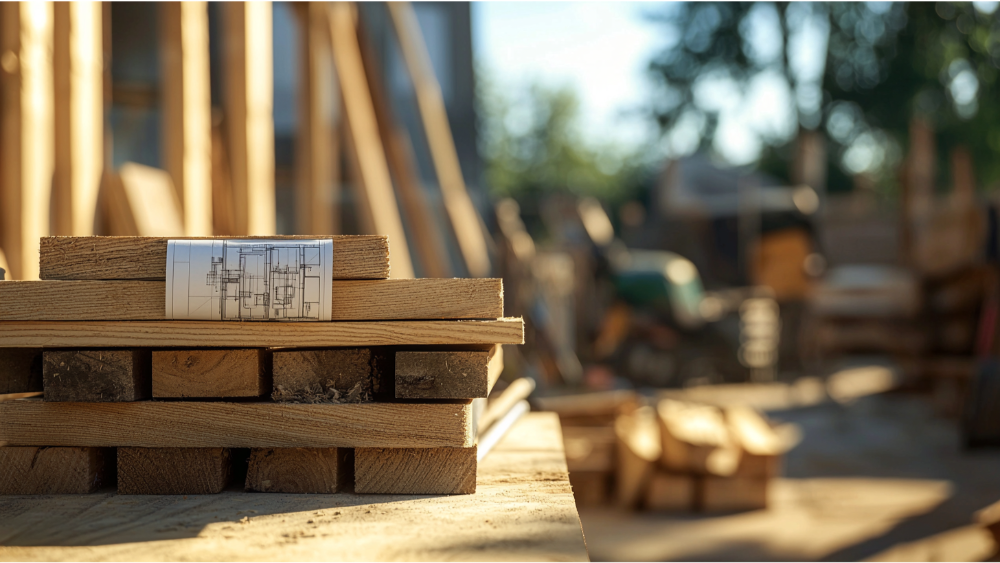
Step 1 – Define Scope, Floor Plan, and Show Your Dream
Start by deciding on square foot, number of bedrooms, vaulted ceilings, garage size, and luxury features like spa bathrooms or custom cabinetry. Solid floor plan and house plans allow accurate breakdowns for all components, including material costs, labor costs, and pricing per square foot.
Step 2 – Determine a Baseline Cost Per Square Foot
Use 2025 averages: $200 to $350 per square foot for standard custom homes. Multiply that by your planned square footage to estimate total construction cost. For smaller builds like ADUs, the per square foot figure might be $300 to $400 per square foot. This baseline includes major systems, structure, standard finishes, labor costs, and basic overhead.
Step 3 – Calculate Site, Land, and Infrastructure Costs
Add site development: grading, excavation, sewer, water, electrical, and stormwater management. Include utility connections and landscaping. This site-specific cost may be 15% to 20% of your total construction cost. Location-based fees or sewer connection issues can further raise this expense.
Step 4 – Estimate Material Costs and Major Systems
Break out materials: concrete, lumber, plumbing, HVAC, windows, cabinets, flooring, siding, roofing. Estimate plumbing, electrical labor, and major systems costs separately. Custom cabinets, stone countertops, hardwood floors, all add material and labor costs. The more detailed your floor plan and materials list, the more accurate your estimate.
Step 5 – Add Overhead, Soft Costs, Permits, and Permit Fees
Overhead expenses, design services, land surveying, permit fees, and inspections often total 10% to 15% of total cost. These soft costs are required to move forward. Contractors include overhead for insurance, admin, financing, profit, and business operations. Permits must be fully paid before any building occurs.
Step 6 – Include Unexpected Costs, Contingency, and Escalation
Set aside at least 10% of total construction cost in contingency. Expect cost overruns due to inflation, delays, or design changes. Markets change, so expect annual construction cost increases of 3% to 5%. Factor these into your overall budget so you can stay within your construction cost expectations.
Step 7 – Final Total Construction Cost and Budget Comparison
Add baseline cost, site development, materials and major systems costs, overhead and soft costs, and contingency. You will have a realistic total construction cost and overall budget figure. Compare that with your land cost, financing, and expected equity. Then you’ll know if you can afford your dream home or need to refine your plan to save.
Real-Life Examples
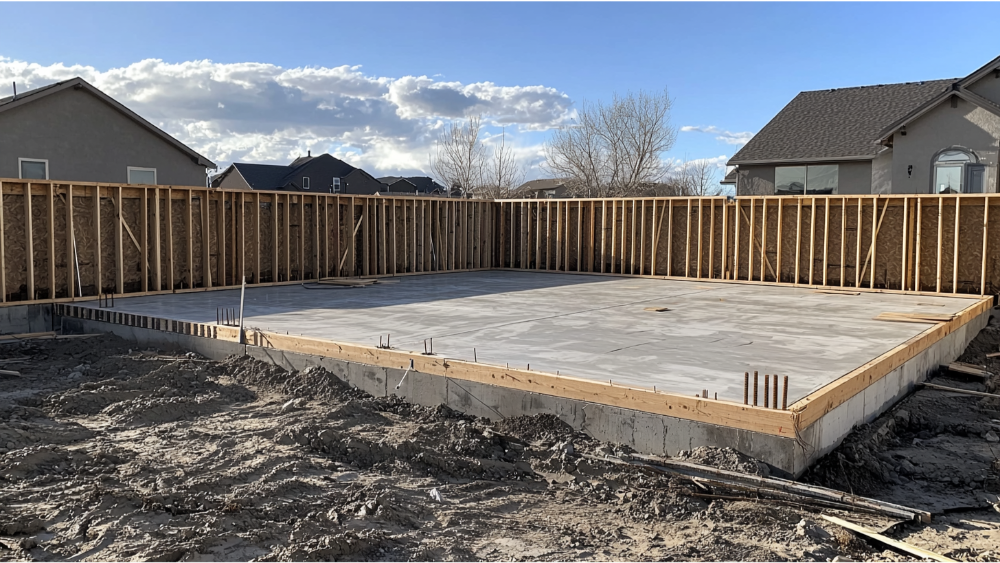
Example 1 – 2,500 Square Foot Custom Home
– Baseline: 2,500 sq ft at $250 per square foot = $625,000
– Site work & infrastructure: 15% → $93,750
– Material costs & major systems: $125,000
– Overhead, permits, fees: 12% → $115,500
– Contingency (10%): $93,375
Total construction cost: ~$1,052,625
This illustrates how quickly costs add up and why contingency is essential.
Example 2 – 600 Square Foot Detached ADU
– 600 square foot ADU at $350 per square foot = $210,000
– Site work, utility, sewer: $40,000
– Cabinets, finishes, flooring, siding: $30,000
– Permits, overhead, finance: $40,000
– Contingency (10%): $32,000
Total cost: ~$352,000
Smaller scale again shows per square foot cost and unexpected costs.
How to Save On Construction Cost
– Simplify floor plan or reduce square footage
– Choose mid-range materials and exterior finishes
– Standardize major systems across house to get scale
– Plan early to secure labor and materials contracts
– Roll landscaping or garage finishes into later phases
– Avoid scope creep by finalizing house plans early
Frequently Asked Questions (FAQs)
What is the average cost per square foot to build a home in California?
A: In 2025, expect $200 to $350 per square foot depending on location, design, and materials.
What’s included in new home construction cost?
A: Major systems, labor costs, material costs, overhead expenses, permit fees, unexpected costs, and cost overruns if not managed.
How much should I budget for permit fees and overhead?
A: Permit fees typically run 10% to 15% of total construction cost. Overhead and soft costs are similarly sized.
How much should I expect to pay for major systems?
A: Plumbing, electrical, HVAC, and structural systems often total 20% to 30% of the cost per square foot.
How can I avoid cost overruns?
A: Fix your final house plan, lock in labor and materials prices early, include contingency and monitor costs monthly.
Why do smaller builds cost more per square foot?
A: ADUs or compact custom homes still need the same overhead expenses and site work, which spread across fewer square feet.
Ready To Build Your Custom Dream Home?
Estimating new home construction costs requires detailed planning, careful review of labor and material costs, and smart budgeting from square foot estimates to permit fees and contingency. At Golden State Design & Engineering, we help families design resilient house plans, calibrate realistic budgets, anticipate unexpected costs and navigate permits so you build your dream home without headaches or cost overruns.
If you’re ready to figure out your cost to build, contact us for a discovery call. Together, we can calculate your expected costs and make your dream home a reality, on time, on budget, with confidence. Also, when comparing your new build with an existing home, it’s important to consider long-term maintenance costs that can affect your overall investment. Our experienced builders can provide you with a clear idea of where you might spend your money wisely to avoid surprises in the future.
#NAICS’s:
- 541310 Architectural Services &
- 541330 Engineering Services
DUNS NO:
- 119132267
#SIC’s
- 8712 Architectural Services &
- 8711 Engineering Services
Cage #
- 9R4L5
#UNSPSC’s:
- 81101500, 81101502, 81101505, 81101508, 81101526, 81101533, 81101522

